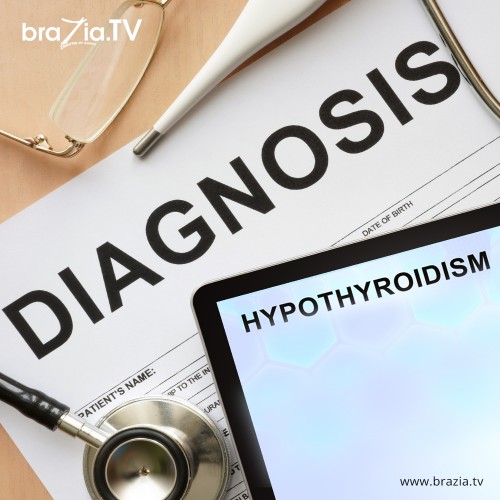As the number of situations, including Graves' disease,
toxic adenoma, Plummer's disease (toxic multinodular goiter) and thyroiditis, which
can causes hyperthyroidism.
As the thyroid is a butterfly shaped gland, which is located at the base of your neck, just below your Adam's apple. As even though it weighs less than a small amount, the thyroid gland has a vast and massive collision on your health. Every features of your metabolism is synchronized by thyroid hormones. Your thyroid gland creates two main hormones, thyroxine (T-4) and triiodothyronine (T-3), that controls every cell in your body. They preserve the rate at which your body uses fats and carbohydrates so as not harm the body, as it helps to maintain your body temperature, control your heart rate, and help to adjust the manufacture of protein. Your thyroids also manufacture calcitonin, a hormone that helps organize the quantity of calcium in your blood.

Treatment mostly depends on the stage of any disease partly on the cause and severity of disease. There are three main treatment options for such diseases: radioiodine therapy, medications, and thyroid surgery.
1. Radioiodine therapy
Radioiodine therapy mostly taking iodine-131 directly by mouth which is then concerted in and demolished the thyroid over weeks to months. The resulting hypothyroidism is delighted and cured with synthetic thyroid hormone.
2. Medications
Medications such as beta blockers may manage and organize the symptoms and anti-thyroid medications such as methimazole might be for the time that will help people while extra treatments are having consequences.
3. Thyroid Surgery
Surgery to remove the thyroid is an additional option. This may be used in
those with very huge thyroids or when cancer is an anxiety. In the United States hyperthyroidism have an effect on
about 1.2% of the population. It
takes place among two and ten times more frequently in women. Onset is usually between 20 and 50
years of age. Overall the disease
is more frequent in those over the age of 60 years.
How it all
works:
The rate at
which T-4 and T-3 are unrestricted is prohibited by your pituitary gland and
your hypothalamus as an area at the bottom of your brain that take steps as a
thermostat for your entire system.
Here's how the procedure works:
The hypothalamus indications your pituitary gland to make a hormone called thyroid-stimulating hormone (TSH). As the pituitary gland that releases TSH, the quantity depends on how much T-4 and T-3 are in blood. If you do not have sufficient T-4 and T-3 in your blood, then the TSH will all the sudden start rising; if you have too much, your TSH level will fall all the sudden. Finally, your thyroid gland controls its construction of hormones stand and supported on the amount of TSH as it receives. If the thyroid gland is diseased and is liberating too much thyroid hormone on its own, the TSH blood level will stay behind below normal; if the diseased thyroid gland cannot make sufficient thyroid hormone, the TSH blood level will continue to remain high.